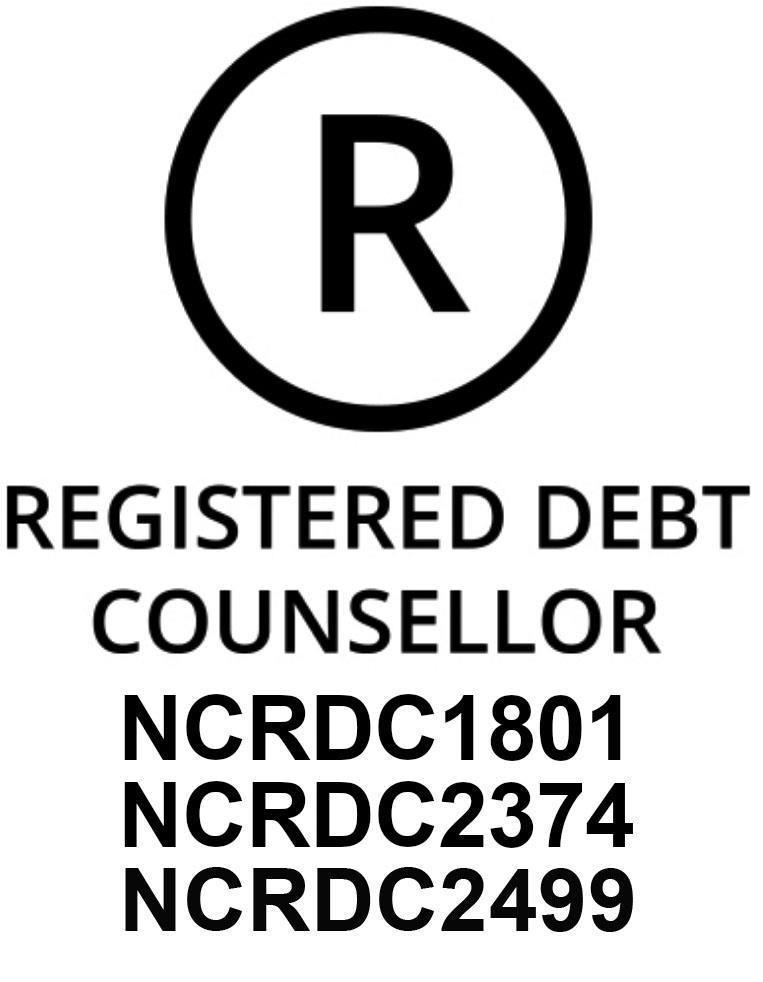Understanding your debt
Before you create a repayment plan, it’s crucial to understand your debt profile.
Here’s how:
-
List all your debts: Include credit card balances, personal loans, student loans, and any other outstanding amounts.
-
Prioritise your debts: Identify high-interest debts, such as credit card balances, which can accumulate quickly if left unpaid.
-
Review your budget: Analyse your monthly income and expenses to determine how much you can allocate to debt repayment.
By having a clear picture of your financial situation, you’ll be better equipped to tackle your remaining debt.
Effective strategies to pay off debt
1. Snowball method
The snowball method focuses on paying off smaller debts first. Here’s how it works:
-
Start by paying off your smallest debt while making minimum payments on other accounts.
-
Once the smallest debt is cleared, redirect those payments to the next smallest debt.
-
Repeat this process until all debts are cleared.
This method provides quick wins, keeping you motivated as you eliminate smaller debts.
2. Avalanche method
The avalanche method prioritises debts with the highest interest rates. Here’s how to implement it:
-
Focus on paying off high-interest debts first while making minimum payments on other accounts.
-
Once a high-interest debt is paid off, move on to the next one.
-
Continue until all debts are paid.
This approach can save you money in the long run by reducing the total interest paid.
3. Debt consolidation
Debt consolidation involves combining multiple debts into a single account, often with a lower interest rate. This can simplify your repayment process and potentially lower your monthly payments. You can achieve this through:
-
A personal loan
-
Balance transfer credit cards
Need debt counselling or consolidation?
Explore DebtBusters' solutions for reducing your interest rates and unlocking cash.
Find out more -
Debt consolidation services
4. Increase your income
Boosting your income can help you pay off debt faster.
Consider:
-
Taking on a side hustle
-
Selling unused items online
-
Renting out spare rooms or assets
Use any additional income exclusively for debt repayment.
Tips to stay on track to tackle your debt
-
Set clear goals: Define achievable milestones and celebrate progress.
-
Automate payments: Set up automatic transfers to avoid missed payments.
-
Cut unnecessary expenses: Review your budget regularly to eliminate non-essential costs.
-
Seek professional advice: A debt counsellor can provide personalised solutions to help you manage your finances.
Benefits of paying off your debt
Clearing your remaining debt offers numerous advantages, including:
-
Improved credit score: Timely payments boost your credit profile.
-
Financial freedom: You’ll have more disposable income to save or invest.
-
Reduced stress: Eliminating debt can improve your mental well-being.
-
Achieving long-term goals: With debt out of the way, you can focus on milestones like buying a home or saving for retirement.
How DebtBusters can help
DebtBusters is South Africa’s leading debt counselling service, offering expert advice and customised solutions to help you regain control of your finances. Their team provides:
-
Debt consolidation plans
- Debt counselling and more
Contact DebtBusters today to take the first step toward financial freedom.





